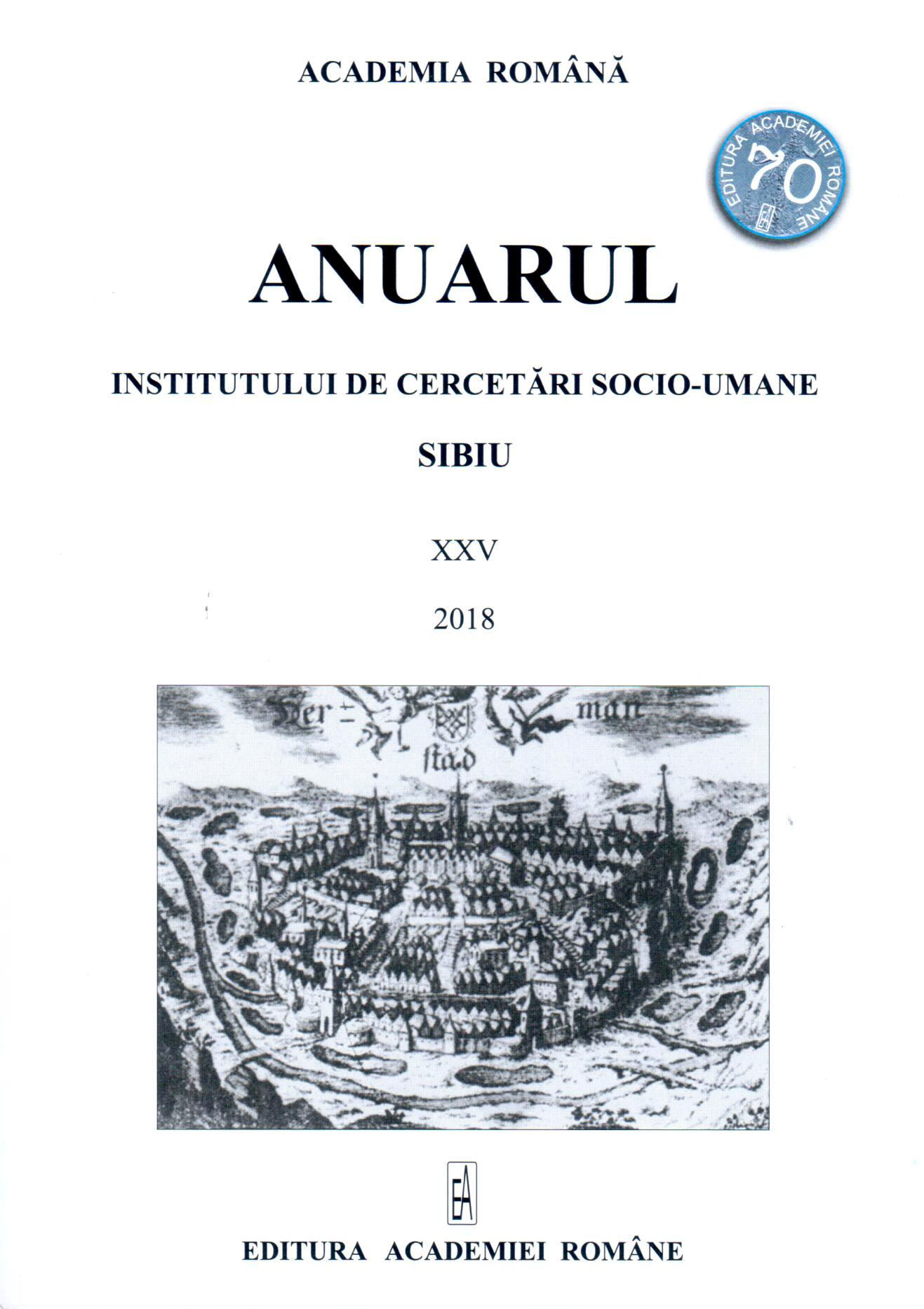The Staple Right and the Transylvanian Saxon Towns in the Middle Ages
The Staple Right and the Transylvanian Saxon Towns in the Middle Ages
Author(s): Boglárka WeiszSubject(s): Economic history, Middle Ages, Socio-Economic Research, Commercial Law
Published by: Editura Academiei Române
Keywords: staple right; non-Transylvanian merchants; Wallachian and Moldavian trade; trans-shipment right; wax;
Summary/Abstract: The staple right required merchants arriving from outside the town to offer their wares for sale there, giving the local merchants a head start in purchasing such goods over other merchants in the country. The first staple right for eastern routes appeared in the second half of the fourteenth century. Brașov gave a staple right in 1369 from Louis I – in respect of broadcloth. Sigismund extended the privilege in 1395: foreign merchants had to lay all kind of goods in Brașov and sell or exchange them. The kings never granted Sibiu a staple right in the classic sense, but the privileges (1378, 1384, 1413) they did grant could only be exercised if a staple right was set up and operated.
Journal: Anuarul Institutului de Cercetări Socio-Umane Sibiu
- Issue Year: XXV/2018
- Issue No: 25
- Page Range: 25-31
- Page Count: 7
- Language: English
- Content File-PDF

